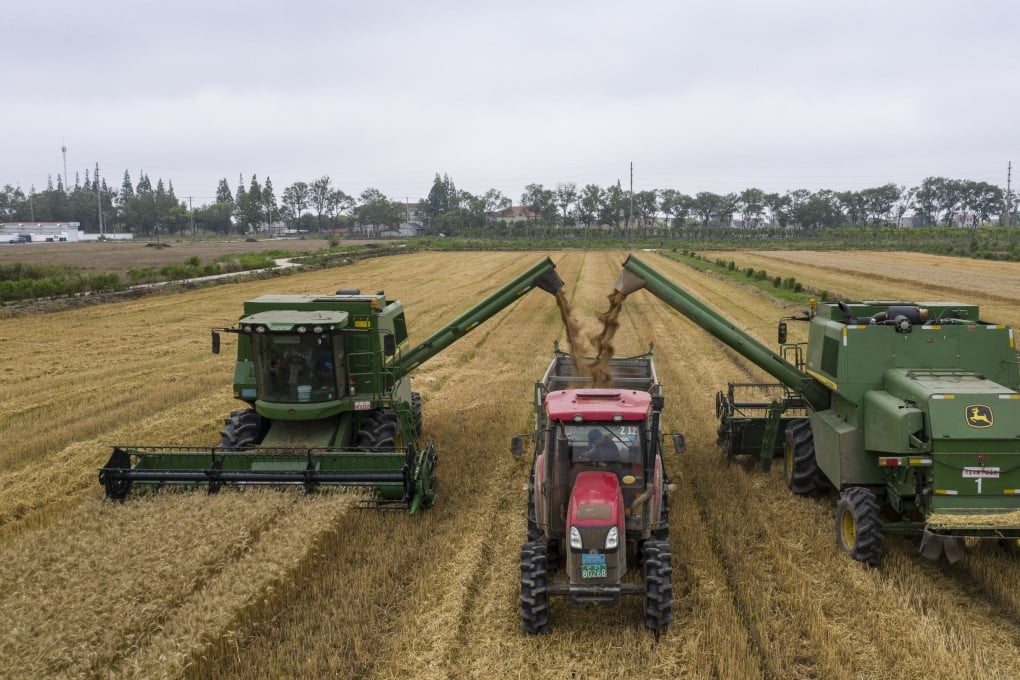Advertisement
Explainer | Can the world spend its way out of the current global food crisis?
- UN said Russia’s war on Ukraine could lead to ‘hurricane of hunger’ as 30 per cent of the world’s grain exports come from the warring countries
- Rising protectionism is also severely distorting prices, with India, Malaysia and Indonesia recently clamping down on sugar, poultry and cooking oil exports
Reading Time:4 minutes
Why you can trust SCMP
9

Amy Chewin Kuala Lumpur
The scale of the global food crisis that has followed Russia’s invasion of Ukraine cannot be underestimated.
The United Nations has said the conflict could precipitate a “hurricane of hunger”–especially in developing countries – given that 30 per cent of the world’s grain exports originate from the warring countries.
To compound matters, rising protectionism is severely distorting prices. From India to Malaysia and Indonesia, governments have recently clamped down on the exports of staples such as sugar, cooking oil and poultry.
The crisis is so severe that David Beasley, the executive director of the United Nations World Food Programme has said it was morphing into a “perfect storm within a perfect storm.”
“It literally could lead to hell on earth because what we’re going to be facing in the next 10 to 12 months is massive food processing problems, hunger, starvation, and then possibly and probably in 2023, a food availability problem,” Beasley said in a Financial Times podcast.
What is the true scale of the problem, what are the key chokepoints and how long will we remain in the eye of this storm? Here are the key things to know about 2022’s food crisis:
Advertisement